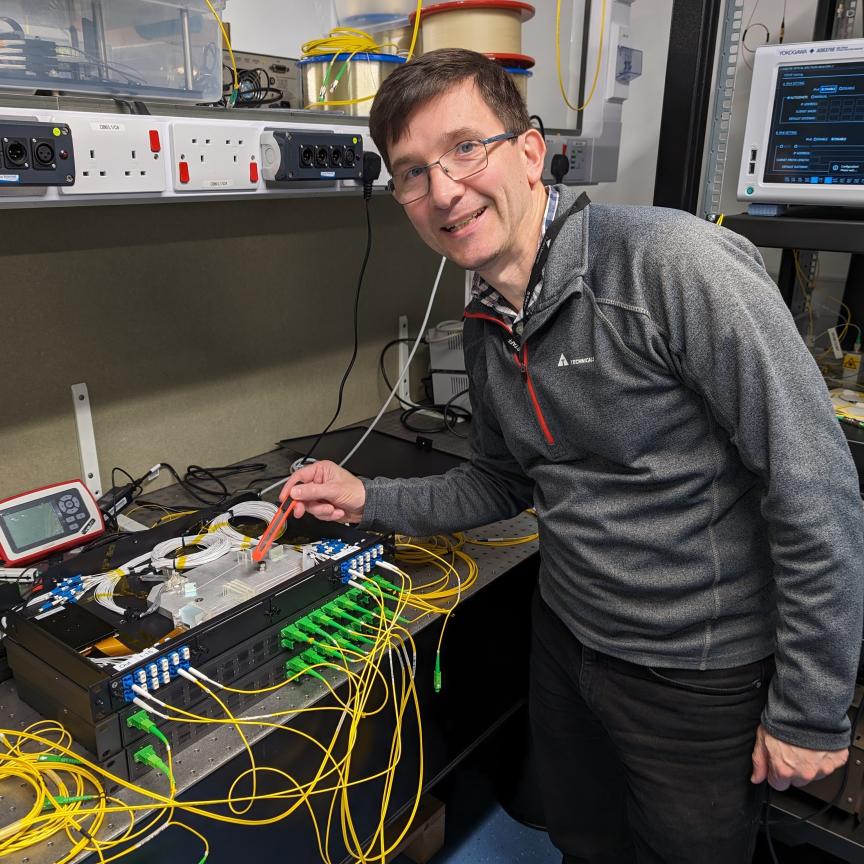A team of researchers from the George Washington University and University of California, Los Angeles, have created and demonstrated a photonic digital to analog converter without leaving the optical domain.
Novel converters such as this could help to advance next-generation data processing hardware with high relevance for data centres, 6G networks, artificial intelligence and more. Current optical networks require a digital-to-analog conversion, which links digital systems synergistically to analog components.
Using a silicon photonic chip platform, Volker J. Sorger, an associate professor of electrical and computer engineering at George Washington University, and his colleagues created a digital-to-analog converter that does not require the signal to be converted in the electrical domain. This, believes the team, shows the potential to satisfy the demand for high data-processing capabilities while acting on optical data, interfacing to digital systems, and performing in a compact footprint, with both short signal delay and low power consumption.
Said Sorger: ‘We found a way to seamlessly bridge the gap that exists between these two worlds, analog and digital. This device is a key stepping stone for next-generation data processing hardware.’


